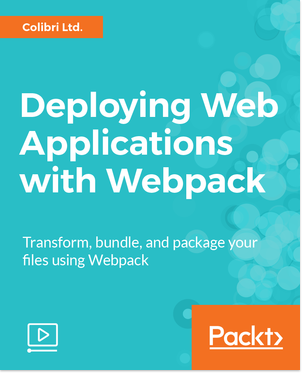It’s been a year of change and innovation in web development. We’ve seen Angular shifting quickly, React rising to dominate, and the surprising success of Vue.js. We’ve discussed what ‘things’ will matter in web development in 2018 here, but let’s get down to the key tools you might be using or learning.
Read what 5 trends and issues we think will matter in 2018 in web development here.
1. Vue.js
If you remember back to 2016, the JavaScript framework debate centred on React and Angular. Which one was better? You didn’t have to look hard to find Quora and Reddit threads, or Medium posts comparing and contrasting the virtues of one or the other. But in 2017, Vue has started to pick up pace to enter the running as a real competitor to the two hyped tools. What’s most notable about Vue.js is simply how much people enjoy using it. The State of Vue.js report reported that 96% of users would use it for their next project. While it’s clearly pointless to say that one tool is ‘better’ than another, the developer experience offered by Vue says a lot about what’s important to developers – it’s only likely to become more popular in 2018.
Explore Vue eBooks and videos.
2.Webpack
Webpack is a tool that’s been around for a number of years but has recently seen its popularity grow. Again, this is likely down to the increased emphasis on improving the development experience – making development easier and more enjoyable. Webpack, is, quite simply brings all the assets you need in front end development – like JavaScript, fonts, and images, in one place. This is particularly useful if you’re developing complicated front ends. So, if you’re looking for something that’s going to make complexity more manageable in 2018, we certainly recommend spending some time with Webpack.
Learn Webpack with Deploying Web Applications with Webpack.
3. React
Okay, you were probably expecting to see React. But why not include it? It’s gone from strength to strength throughout 2017 and is only going to continue to grow in popularity throughout 2018. It’s important though that we don’t get caught up in the hype – that, after all, is one of the primary reasons we’ve seen JavaScript fatigue dominate the conversation. Instead, React’s success is dependent on how we integrate it within our wider tech stacks – tools like webpack, for example. Ultimately, if React continues to allow developers to build incredible UI in a way that’s relatively stress-free it won’t be disappearing any time soon.
Discover React content here.
4. GraphQL
GraphQL might seem a little left field, but this tool built by Facebook has quietly been infiltrating its way into development toolchains since it was made public back in 2015. It’s seen by some as software that’s going to transform the way we build APIs. This article explains everything you need to know about GraphQL incredibly well, but to put it simply, GraphQL “is about designing your APIs more effectively and getting very specific about how clients access your data”. Being built by Facebook, it’s a tool that integrates very well with React – if you’re interested, this case study by the New York Times explains how GraphQL and React played a part in their website redesign in 2017.
Learn GraphQL with React and Relay. Download or stream our video.
5. WebAssembly
While we don’t want to get sucked into the depths of the hype cycle, WebAssembly is one of the newest and most exciting things in web development. WebAssembly is, according to the project site, “a new portable size- and load-time-efficient format suitable for the web”. The most important thing you need to know is that it’s fast – faster than JavaScript. “Unlike other approaches that require plug-ins to achieve near-native performance in the browser, WebAssembly runs entirely within the Web Platform. This means that developers can integrate WebAssembly libraries for CPU-intensive calculations (e.g. compression, face detection, physics) into existing web apps that use JavaScript for less intensive work” explains Mozilla fellow David Bryant in this Medium post. We think 2018 will be the year WebAssembly finally breaks through and makes it big – and perhaps offering a way to move past conversations around JavaScript fatigue.










![How to create sales analysis app in Qlik Sense using DAR method [Tutorial] Financial and Technical Data Analysis Graph Showing Search Findings](https://hub.packtpub.com/wp-content/uploads/2018/08/iStock-877278574-218x150.jpg)




